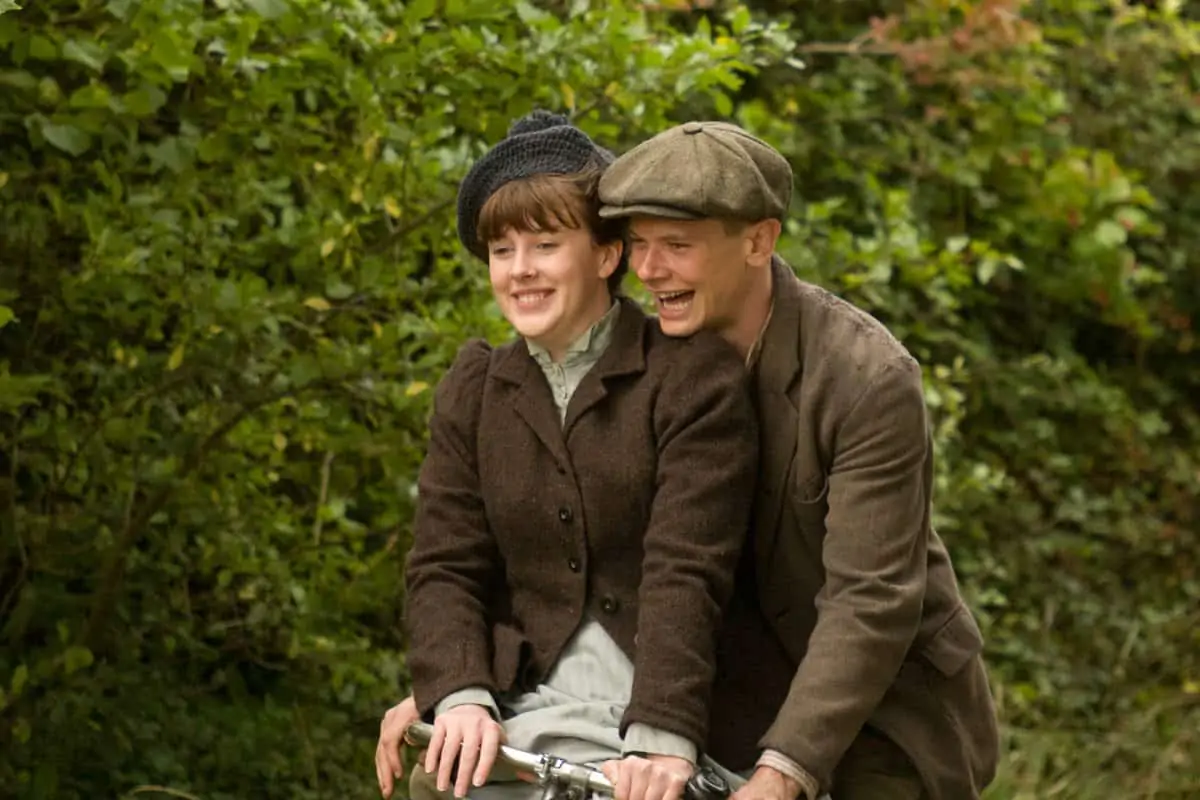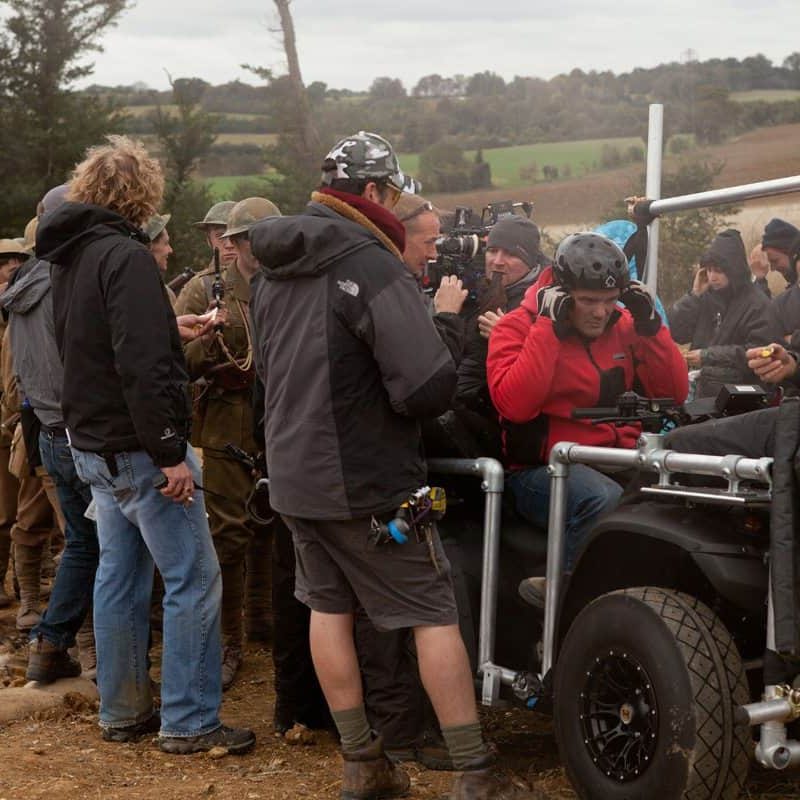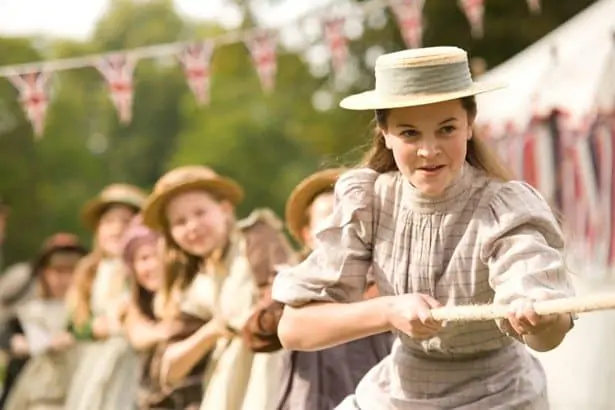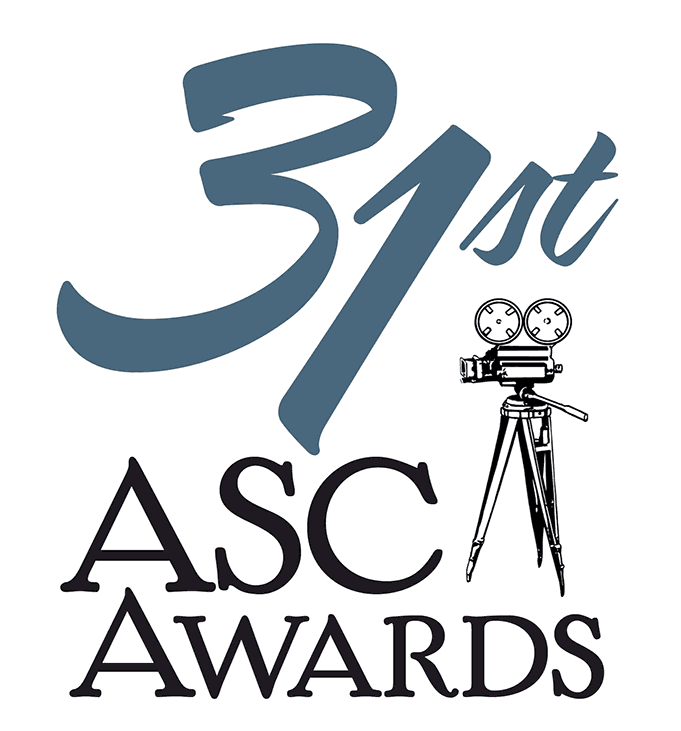Battle Tested
Jerzy Zielinski ASC / Private Peaceful

Battle Tested
Jerzy Zielinski ASC / Private Peaceful
BY: Bob Fisher
Private Peaceful will take audiences on a journey around 100 years back in time. The motion picture, shot on Super 16mm and produced by Fluidity Films, is based on the novel written by children’s author Michael Morpurgo, who decided to write Private Peaceful after visiting Ypres, in Belgium, where he learned that 300 British soldiers were executed for cowardice or desertion during the First World War. Two of them were executed, because they fell asleep at their posts, writes Bob Fisher.
Morpurgo said, “After I visited their graves, I knew I had to tell this story.” The film was produced by Guy de Beaujeu and Simon Reade, with Morpurgo and Rhys David Thomas the executive producers, and Sue de Beauvoir working as co-producer. Wendy Bevan-Mogg was the line producer.
Private Peaceful is the fifth collaboration for Jerzy Zielinski ASC and director Pat O’Connor. Zielinski was born and raised in northwestern Poland in a city where a shipyard was the main industry. He began taking still photographs when he was 10 years old and was a movie fan during his youth. Zielinski studied cinematography at the state film school in Lodz. He shot Aria For An Athlete, his first feature film, five years after completing his studies.
A scholarship granted by the British Council allowed Zielinski to travel to London and visit film studios. Maybe it was destiny calling. That’s how Zielinski met producer David Puttnam and director Pat O’Connor who recruited him to shoot his first English language film Cal, featuring Helen Mirren. She won the best actress award and O’Connor was nominated for the Palme d’Or award at the Cannes Film Festival.

His subsequent collaborations with O’Connor were Stars And Bars, The January Man and Fools Of Fortune. Zielinski moved to the United States in 1993. He has earned more than 40 credits for cinema films, including Washington Square, Galaxy Quest, Bubble Boy, Fun With Dick And Jane, Dodgeball and occasional television movies, e.g., The Courageous Heart Of Irena Sender and the pilot for the hit television series Monk. Zielinski also has fond memories of shooting Asylum, a documentary for BBC.
“Pat and I stayed in touch, talking about movies and other things,” Zielinski says. “Our first conversation about Private Peaceful was very simple. This was his first narrative movie in ten years. Pat was involved with the producers and writers for five or six of those years. When Private Peaceful was almost ready to go, Pat called and said, he wanted me to shoot it. It was a very simple, straightforward conversation.”
The script was authored by Simon Reade. The ensemble cast includes George McKay, Jack O’Connell, Richard Griffiths, Alexandra Roach, Francis De La Tour and Maxime Peake.
The opening scenes take place on a farm in Devon in 1908. Tommo Peaceful is an eight old boy whose father was killed in an accident. He has a loving mother and two older brothers. When the First World War begins in 1916, an under-aged Tommo, and his brother Charlie, enlist in the army to escape from the rigors of life on the farm. The second part of the movie takes place on the battlefields of Flanders, where Tommo and his brother are coping with the rigours of war, including poison gas and artillery attacks and military injustice.

"When Private Peaceful was almost ready to go, Pat called and said, he wanted me to shoot it. It was a very simple, straightforward conversation."
- Jerzy Zielinski ASC
The following is a conversation with Zielinski about the production of Private Peaceful:
Q: What appealed to you about this film?
JZ: First of all, Pat is a terrific director who is especially wonderful with actors. After I read the script, I asked about his vision for this project. Pat didn’t envisage it as a traditional period film. He wanted a visceral feeling. Energy was the word he used. I liked the idea of shooting a period film with a more contemporary approach.
Q: Did you do any research about the period?
JZ: Absolutely. I went through piles of images from the era and World War I. It was mostly still pictures, but there is some footage from World War I. I found pictures that were very inspirational. I tried to define a look which was right for the characters and story as well as the time and place.
Q: Did you shoot at practical locations, on sets or both?
JZ: About 95% of the film was produced at practical locations in Suffolk. It was a very ambitious script with about 190 scenes. We had a lot of small scenes at different locations. The main set was the interior of a farmhouse built in a warehouse.
Q: It sounds like there were very emotional scenes between the two brothers.
JZ: It's a very emotional story. One of the challenges was transferring emotions from the script to the screen. The emotions of the characters are a crucial element. We used a lot of natural light that looks and feels right for the times and places.
Q: Was it an aesthetic or a practical decision to produce Private Peaceful in Super 16 format?
JZ: The decision was made before I joined the project. At the beginning, the producers wanted Pat to produce Private Peaceful in digital format. Pat looked at tests and different movies that were shot digitally. He didn’t feel the look was right for this story. The producers agreed to shoot in Super 16 format for a film look with a very modest budget. I felt that the texture of Super 16 film and the smaller, lightweight camera were right for the story. After shooting tests, I decided to use Fuji Vivid 8647 500T and Fuji Vivid 8643 200T colour negative films, which I rated at 400 and 160 for a richer look.
Q: What cameras and lenses did you use?
JZ: I used Arriflex 416 Plus cameras and Zeiss Ultra Speed lenses. The camera gear was provided by Take Two in London.
Q: Did you shoot with multiple cameras or a single camera?
JZ: We covered around 95 percent of the scenes with a single camera, because we wanted the story told through the eyes of the main characters. Some of the war sequences were covered with two or three cameras. In some sequences, I also used a very small GO Pro Helmet HD digital camera for war footage. The camera is the size of a matchbox.
Q: Tell us about your camera crew.
JZ: I had a terrific, young camera crew. The A camera/ Steadicam operator was Marc Covington. The second assistant was Jason Cuddy. Ed Lancaster was the dolly grip and Alex Byng was the focus puller.
Q: Was the camera generally on a Steadicam, handheld or on a dolly?
JZ: The camera had to be in synch with what was happening in the scene. It was generally on a Steadicam or handheld with occasional dolly shots. We gave the actors a certain amount of freedom and we reacted to what they were doing. That was why it was generally better to use a handheld camera or a Steadicam than laying down tracks for a dolly.
"I wanted naturalistic lighting with very high contrast. Glamorous lighting wouldn't be appropriate for this story."
- Jerzy Zielinski

Q: Tell us about your approach to lighting.
JZ: I used very simple lighting that looks and feels right for settings and scenes. If we were shooting a daylight scene, I looked for one or two sources for motivated light. ‘Less is better’ was my mantra. I wanted naturalistic lighting with very high contrast. Glamorous lighting wouldn't be appropriate for this story. After a short while, (gaffer) Johann Cruickshank understood what I wanted and I tried to be very specific.
Q: Did the visual grammar change when the story transitioned from the farm to war scenes?
JZ: It changed throughout the story. The film starts with two brothers when they are kids, 12 and 14 years old. They live in a very simple, ideal world. When they go to war, their lives and the world around them becomes much more complicated, which is reflected in camera movement, composition and choice of lenses and lighting. I used longer lenses and different framing to create a look that feels much more chaotic. We want that shift in visual grammar to be natural and transparent to the audience.
Q: How did Pat O’Connor convey his visions for scenes to you?
JZ: We had very good communications. We’d have a good conversation usually at the beginning of the day about the different scenes. It wasn’t necessarily related to specific shots. It was more about his ideas for how he wants the audience to perceive scenes. I would decide how we were going to light and cover shots. Generally, it was what he wanted. Sometimes, Pat said, I'd like to do something else. It was a very comfortable relationship with open communications.
Q: What about the lab and DI?
JZ: The lab was Deluxe in Soho. Miles Anderson was the dailies timer. I’ll be timing the DI at Company 3 in London with colorist Rob Pizzey in late February or early March. I was extra careful with exposure, which is important with Super 16 film if you want a rich negative DI timing.
Q: Were there any happy accidents, unexpected things that worked out well?
JZ: There were a lot of happy accidents. When they told me we were shooting in England in September and October, I anticipated miserable weather. We didn't have a day of rain, which was great for the first part of the movie, but unexpected things happened every day. I like to be prepared. I research and shoot tests, but when I come to the set early in the morning, I am completely open to whatever happens when I see the actors’ performances in the places and environments where we are shooting. You have to be ready to make adjustments in how you light and shoot scenes. It could be something as simple as changing a camera angle or composition. It's a combination of being well prepared and completely open to whatever each day brings.




